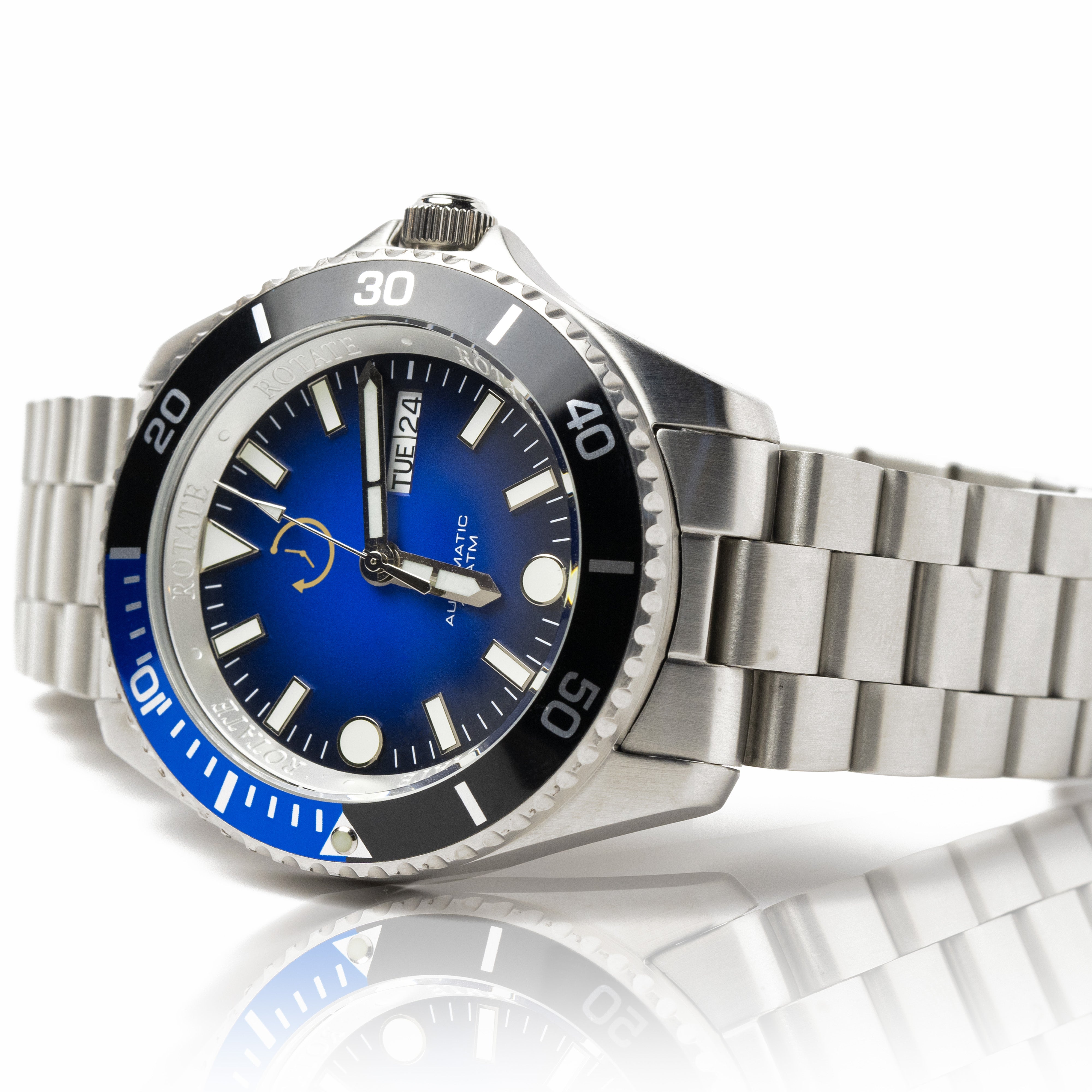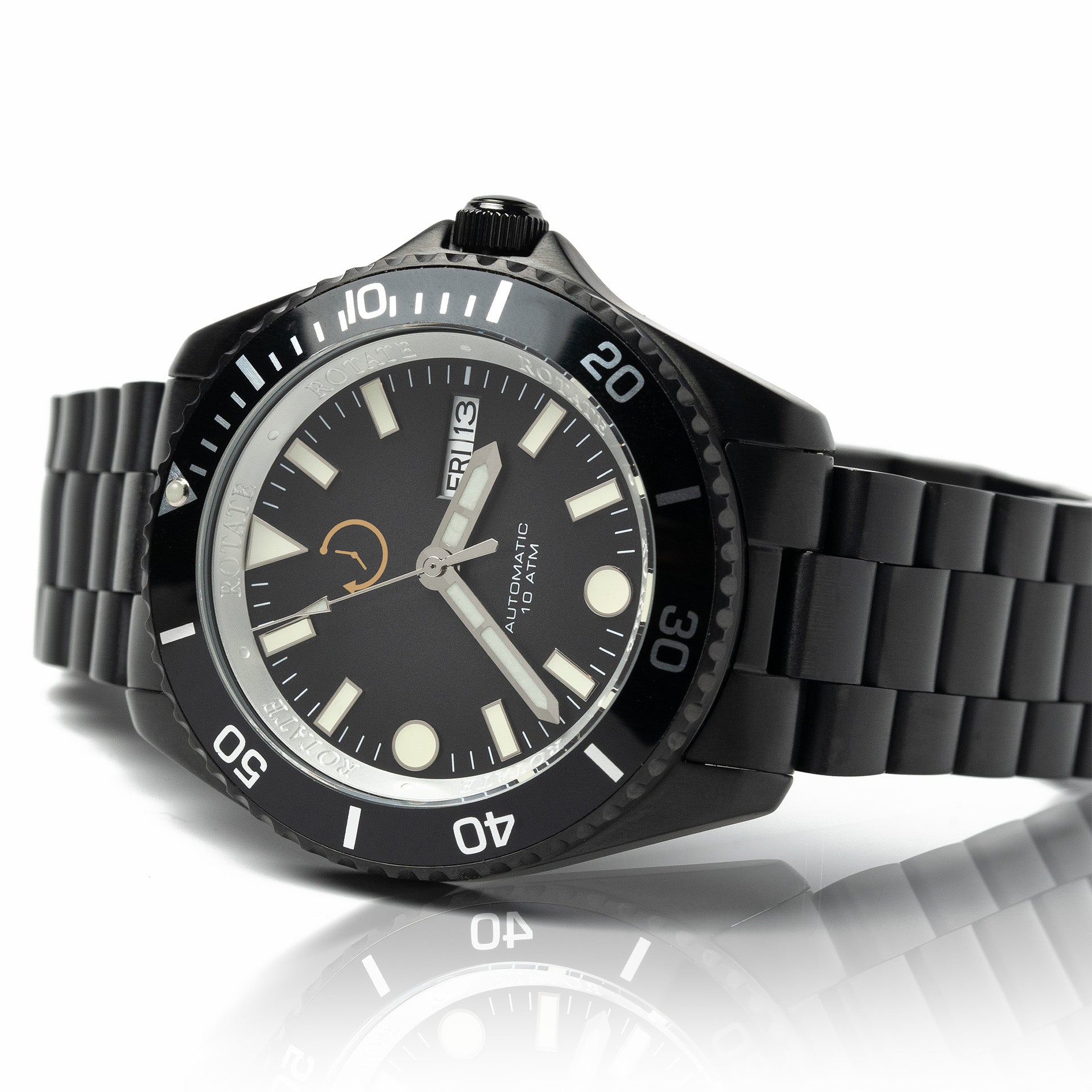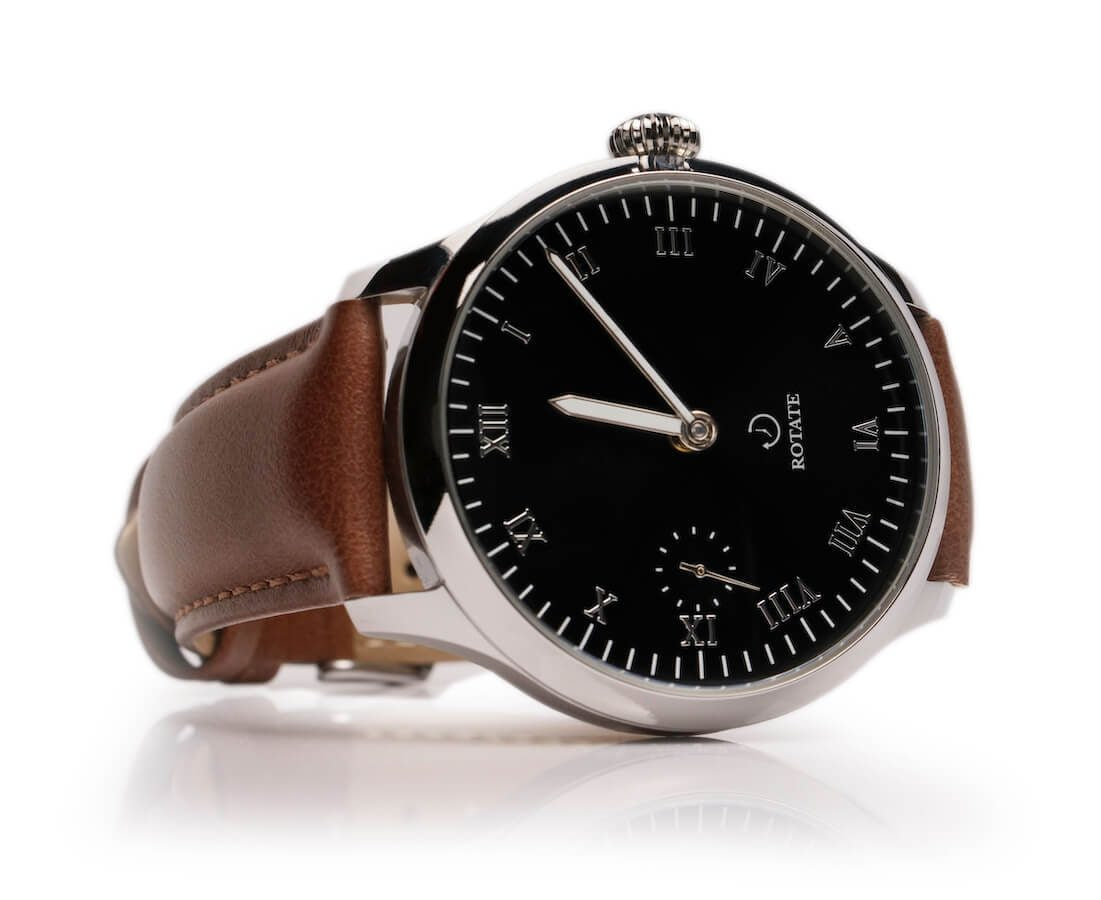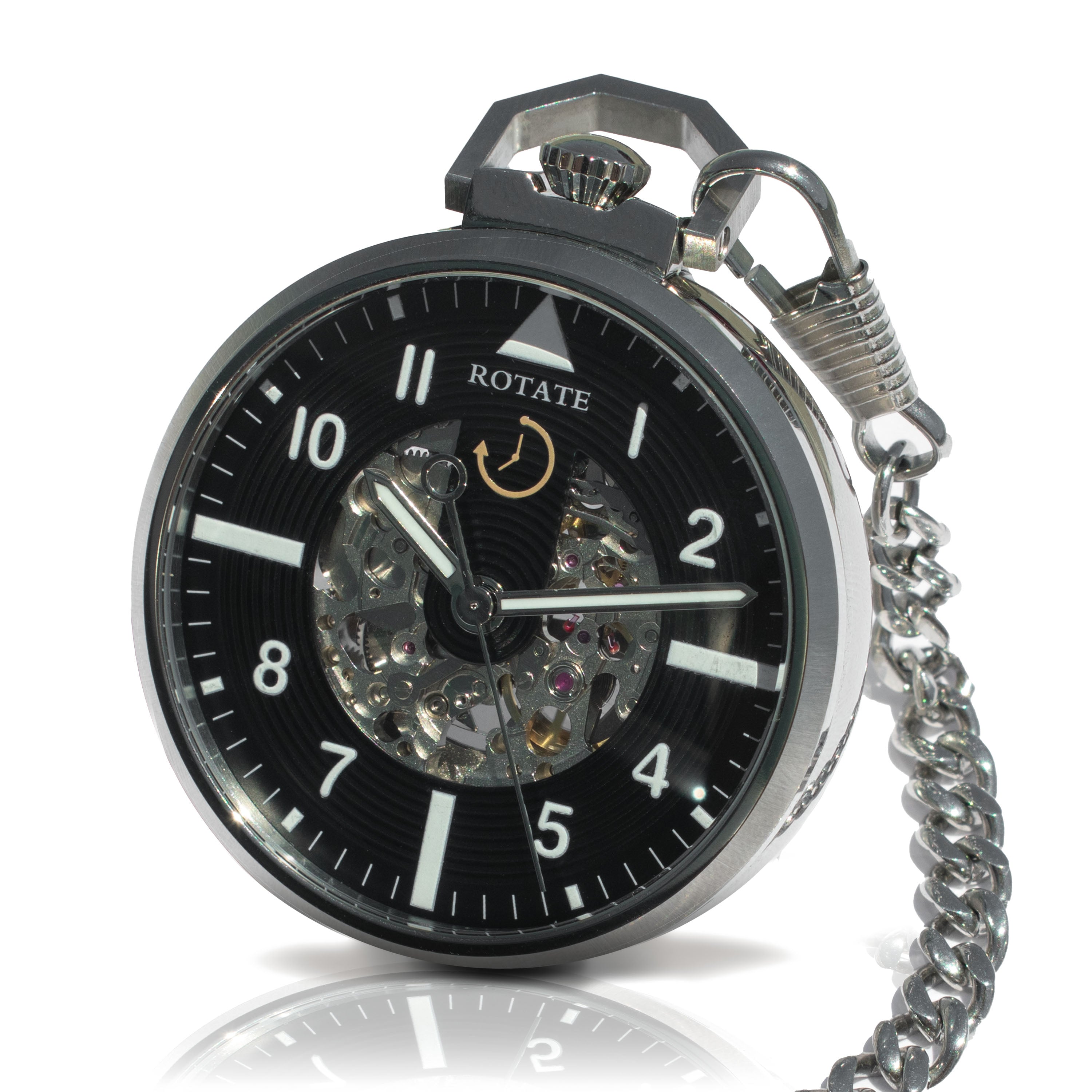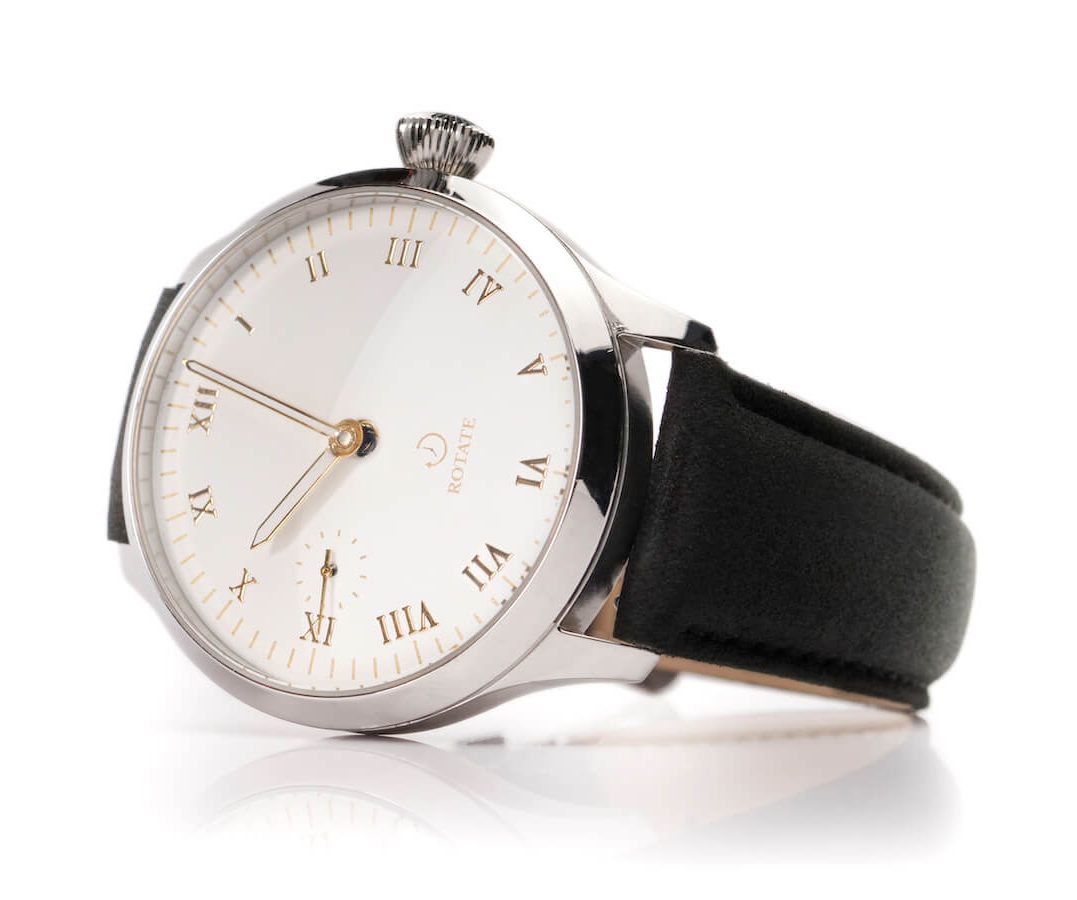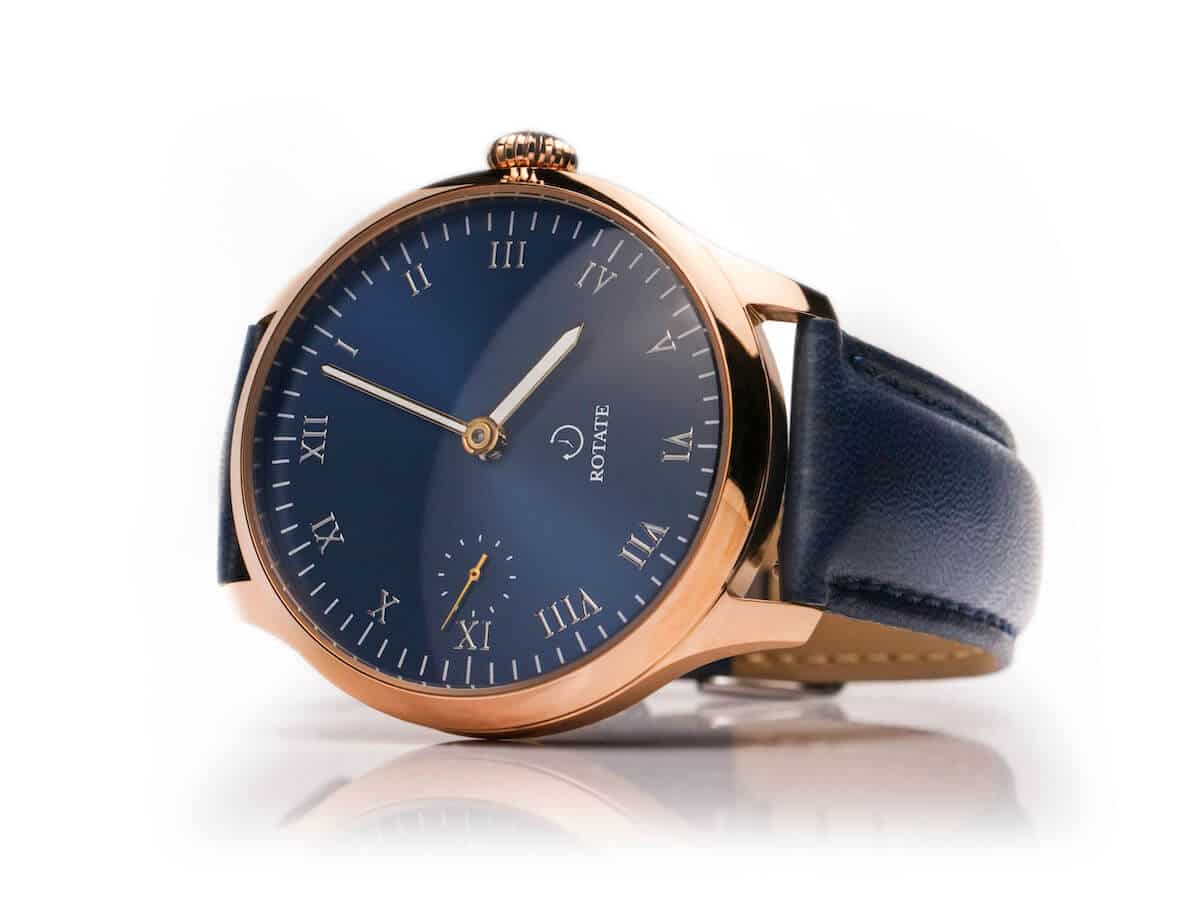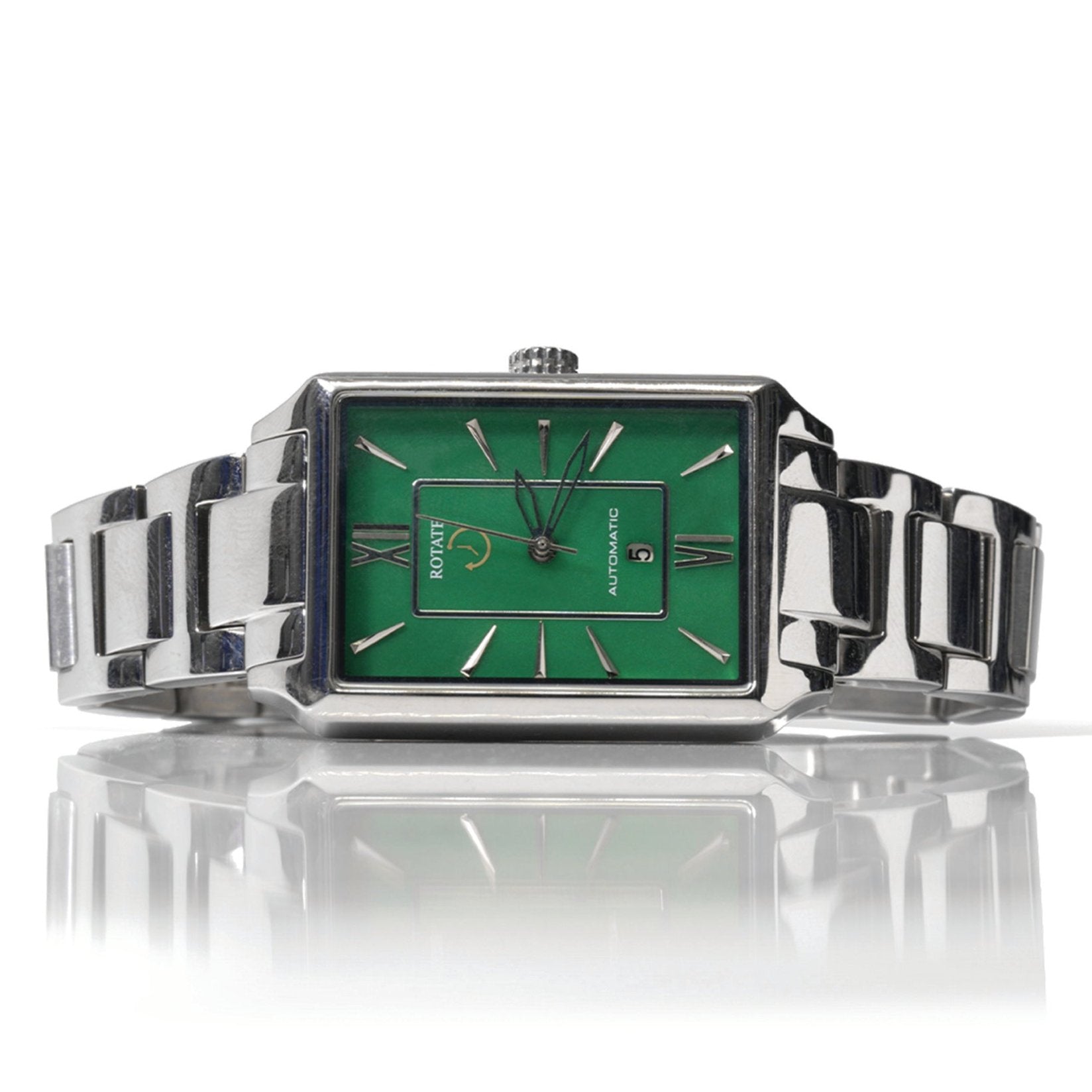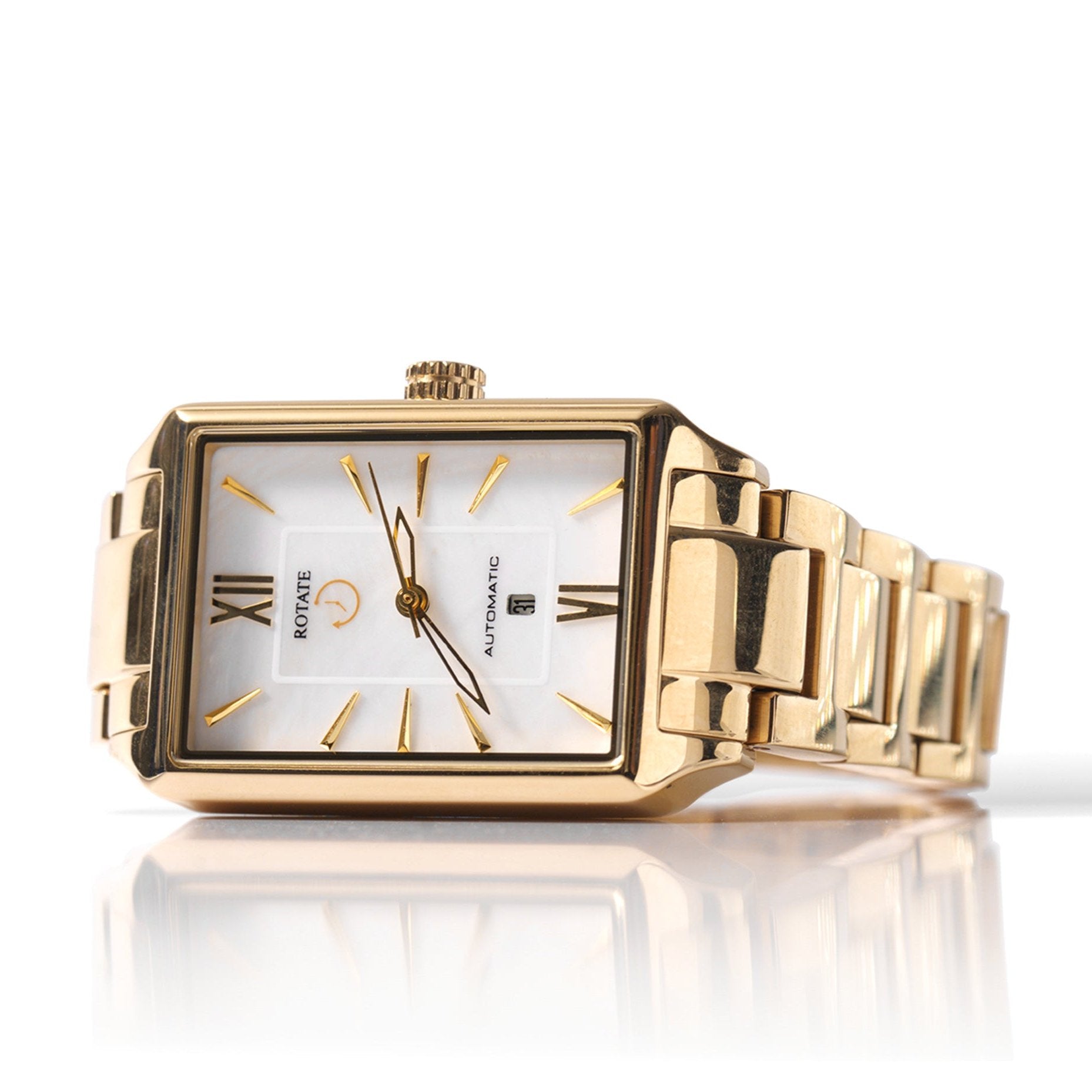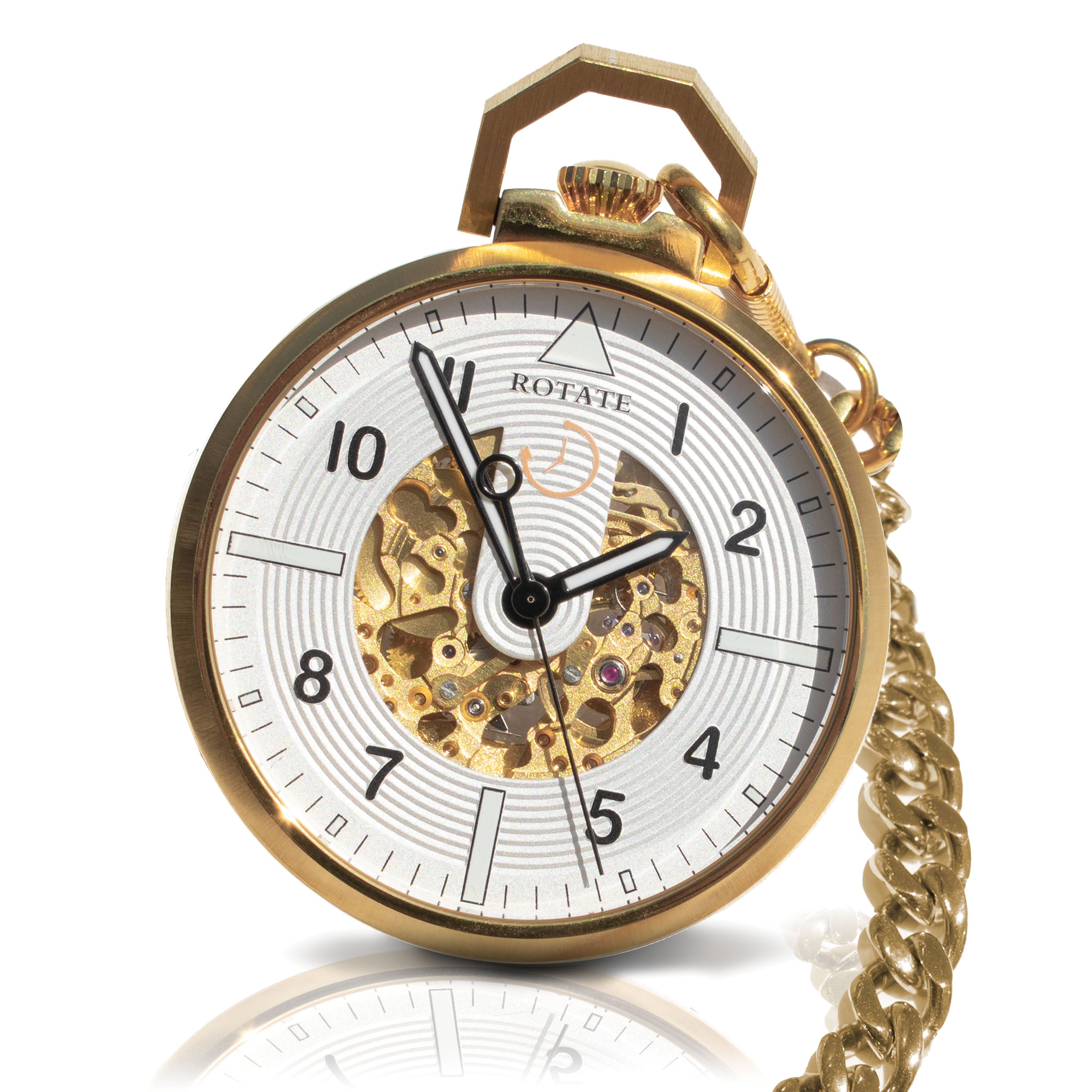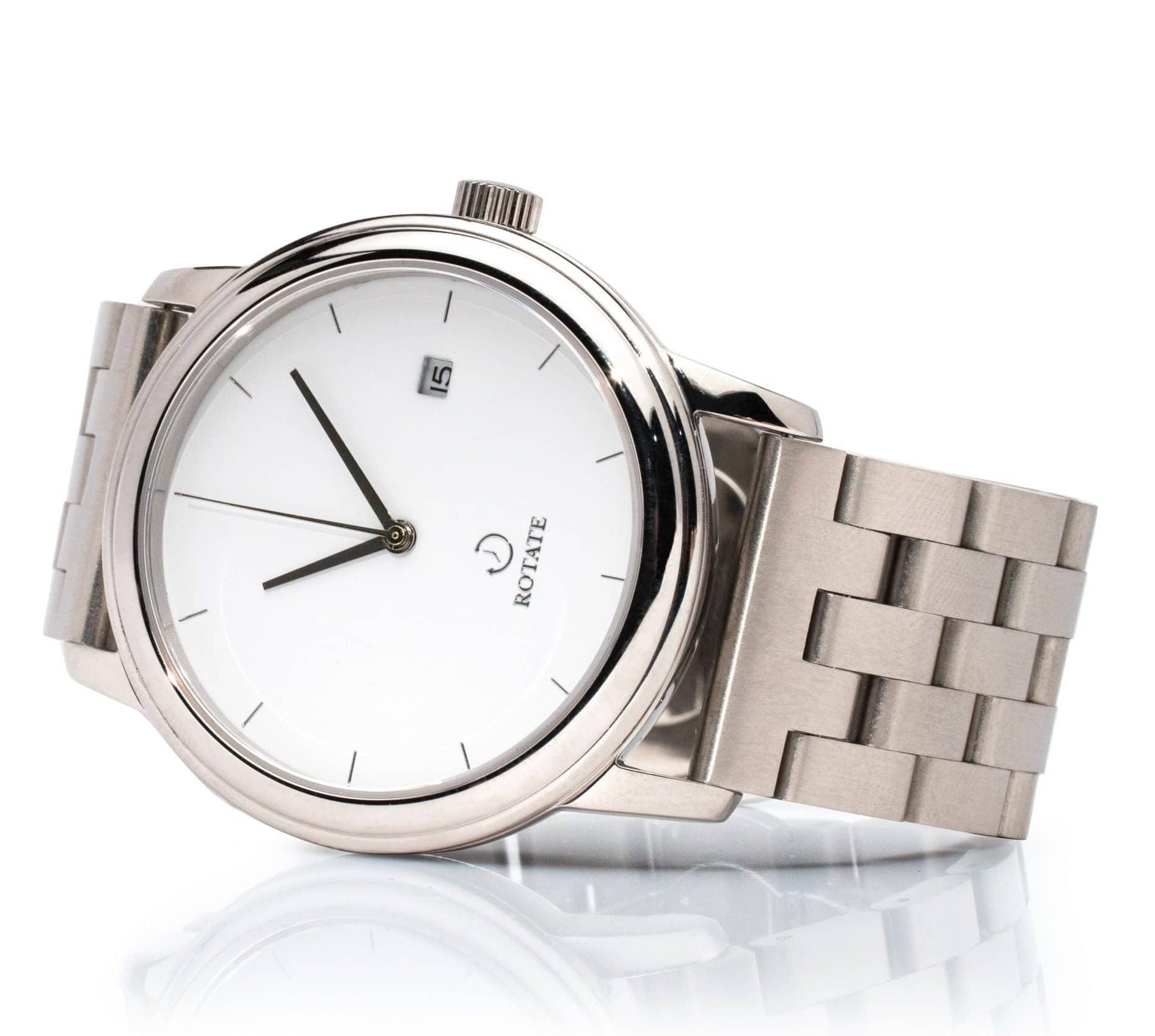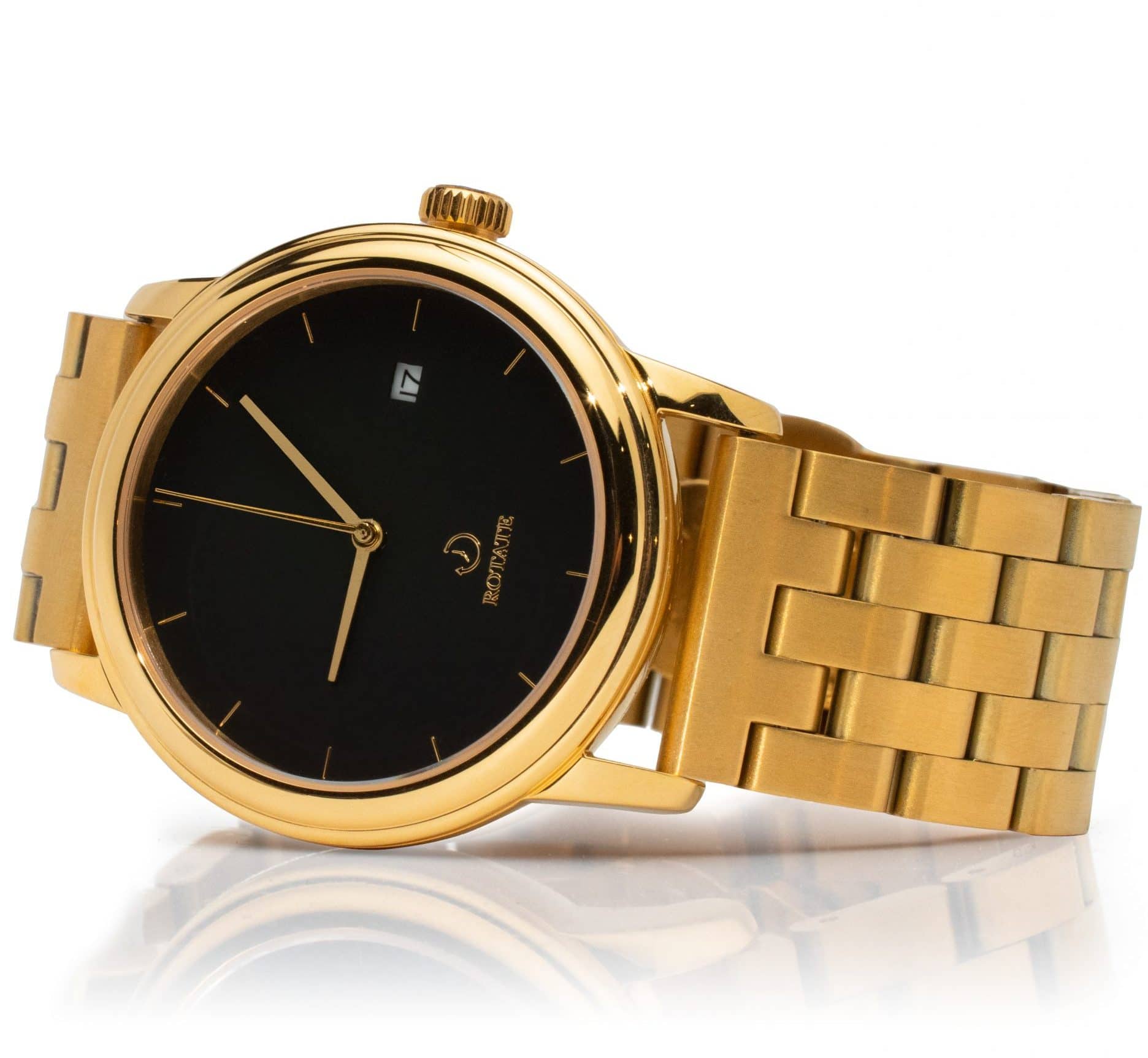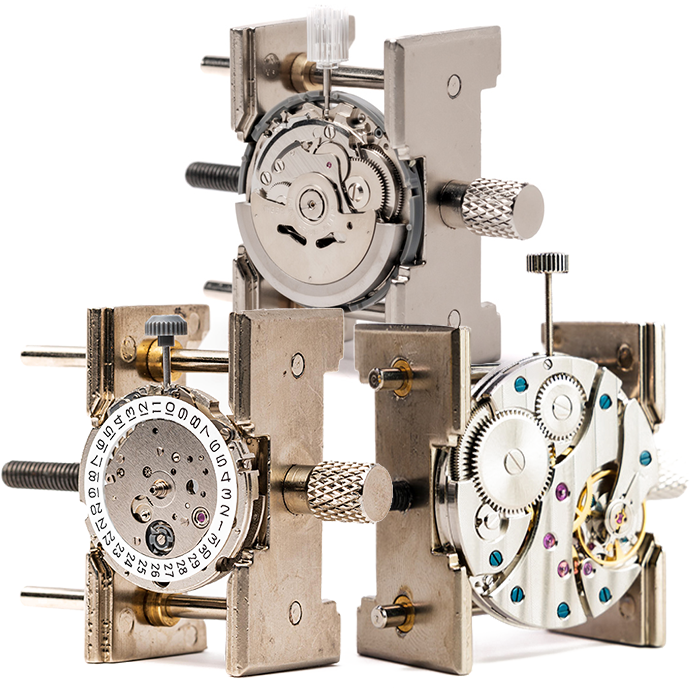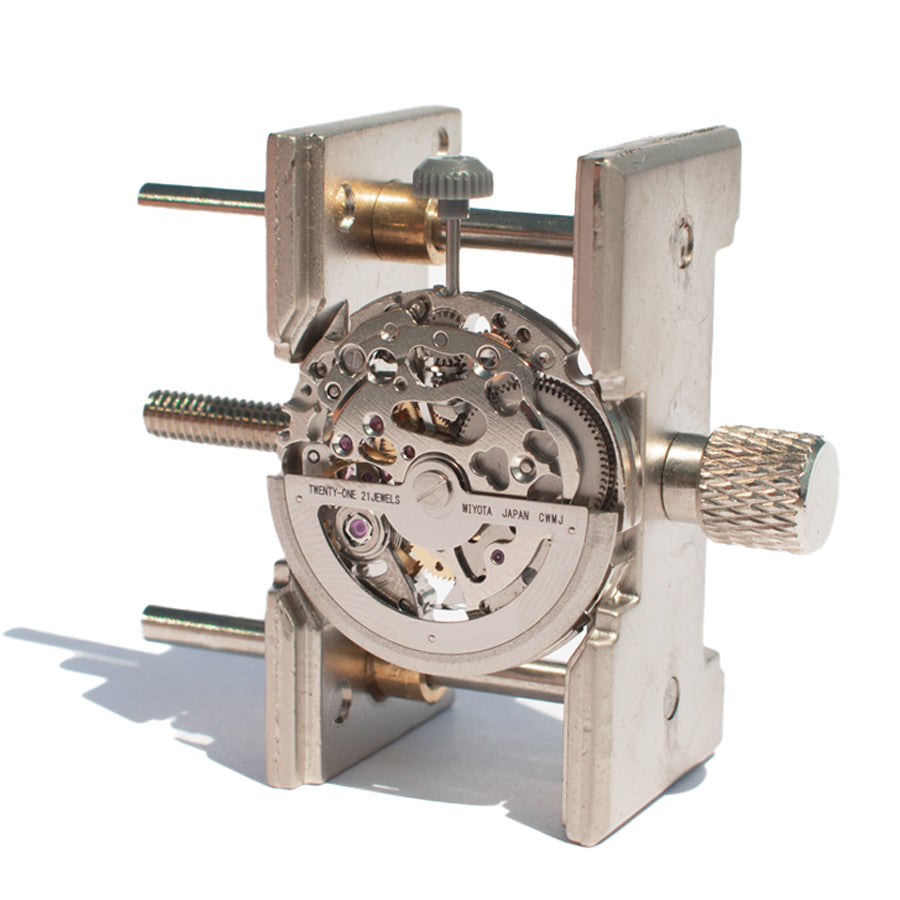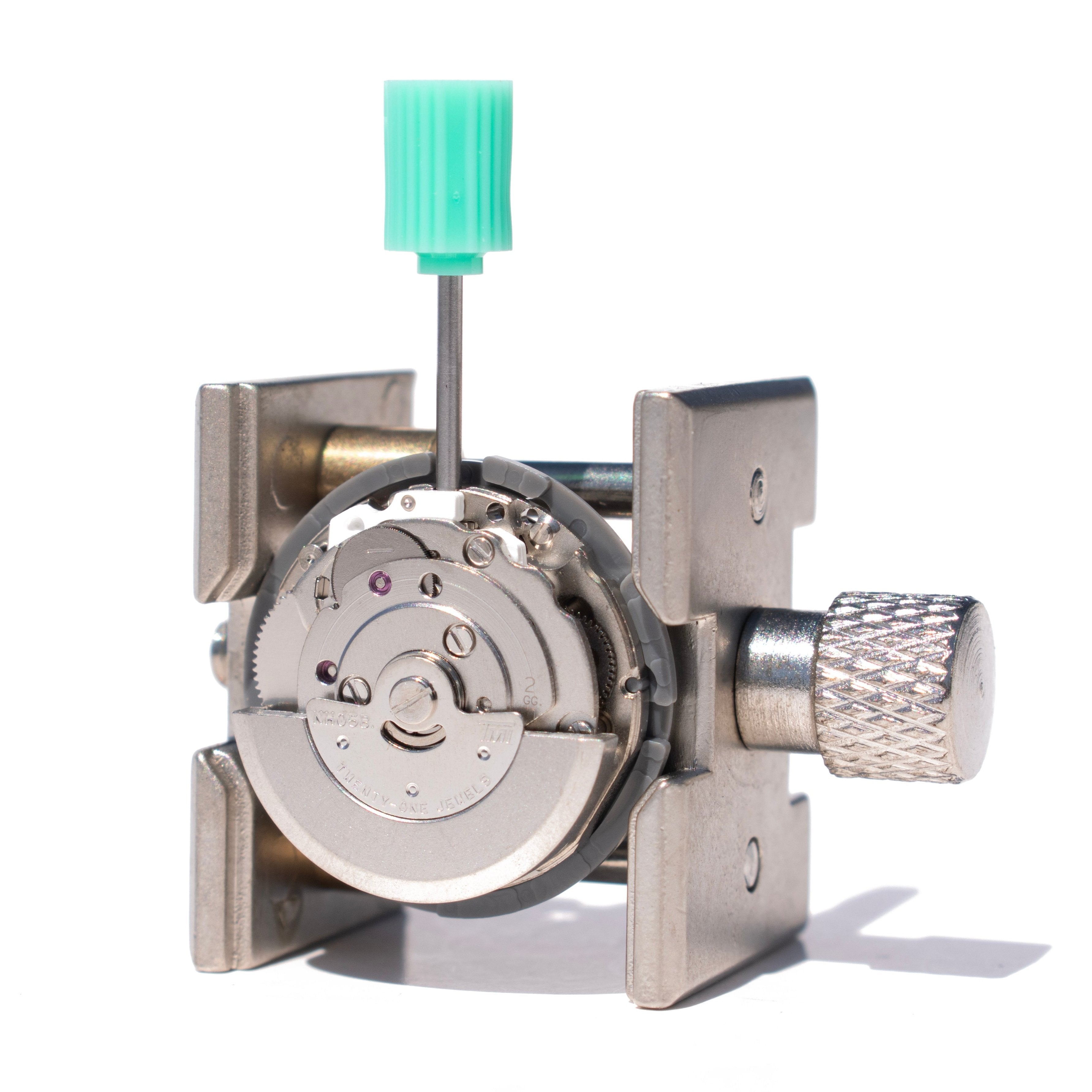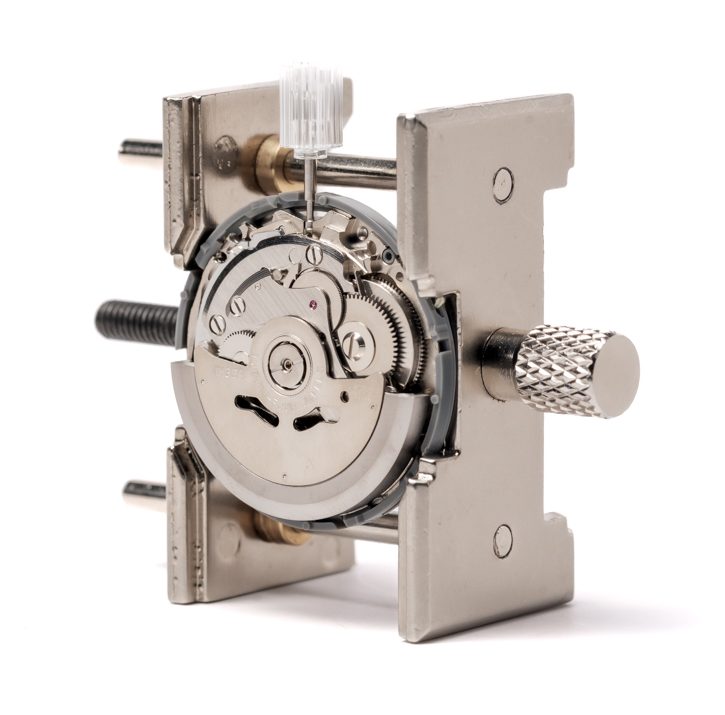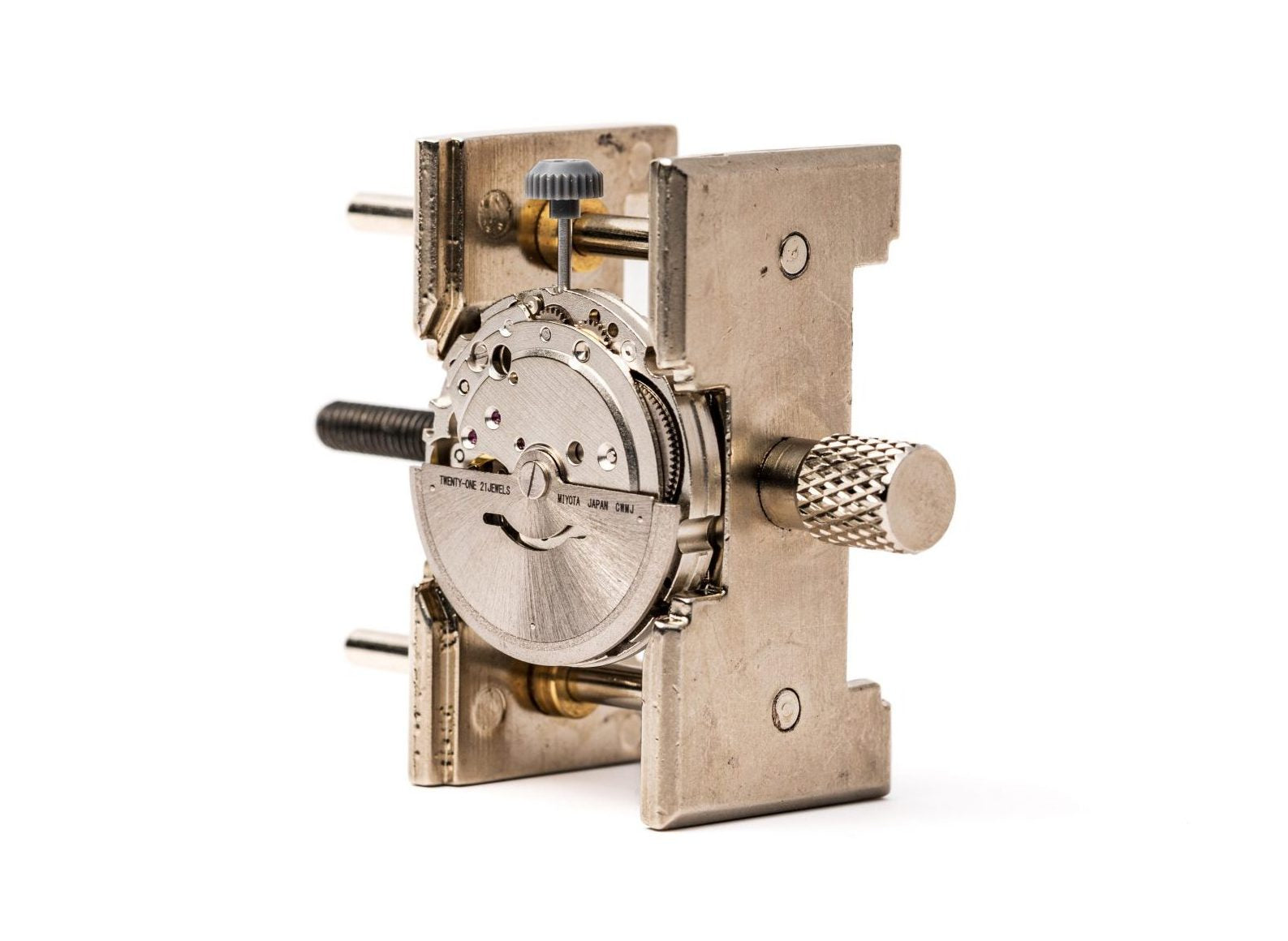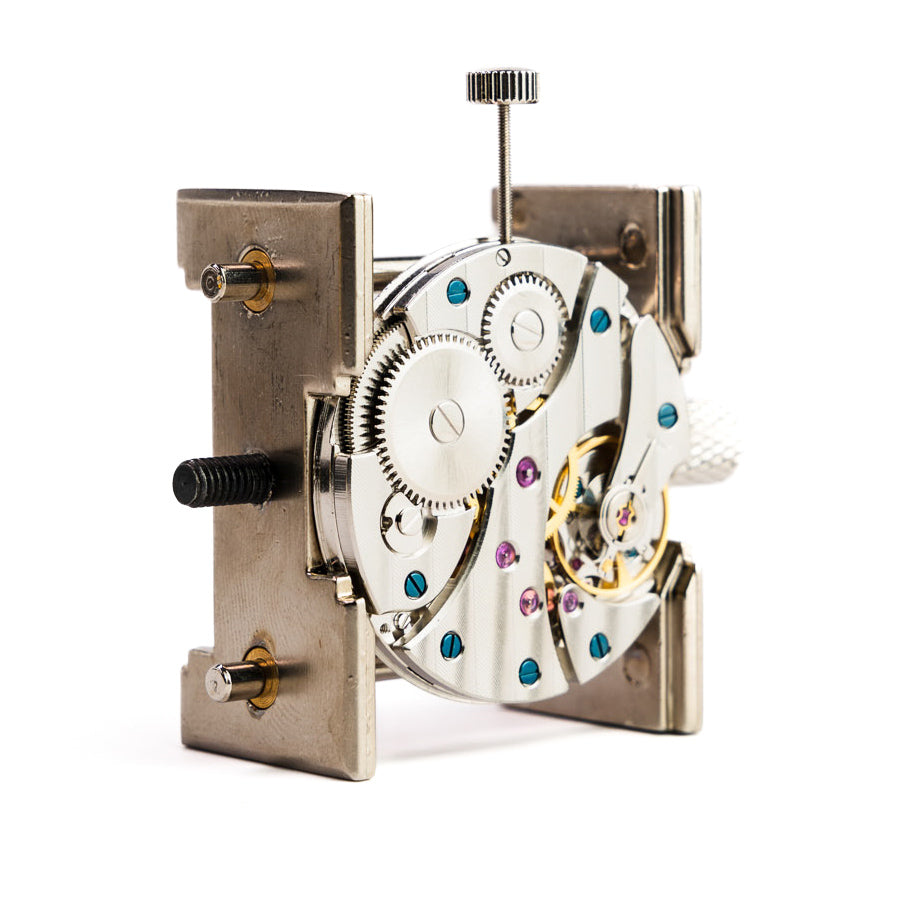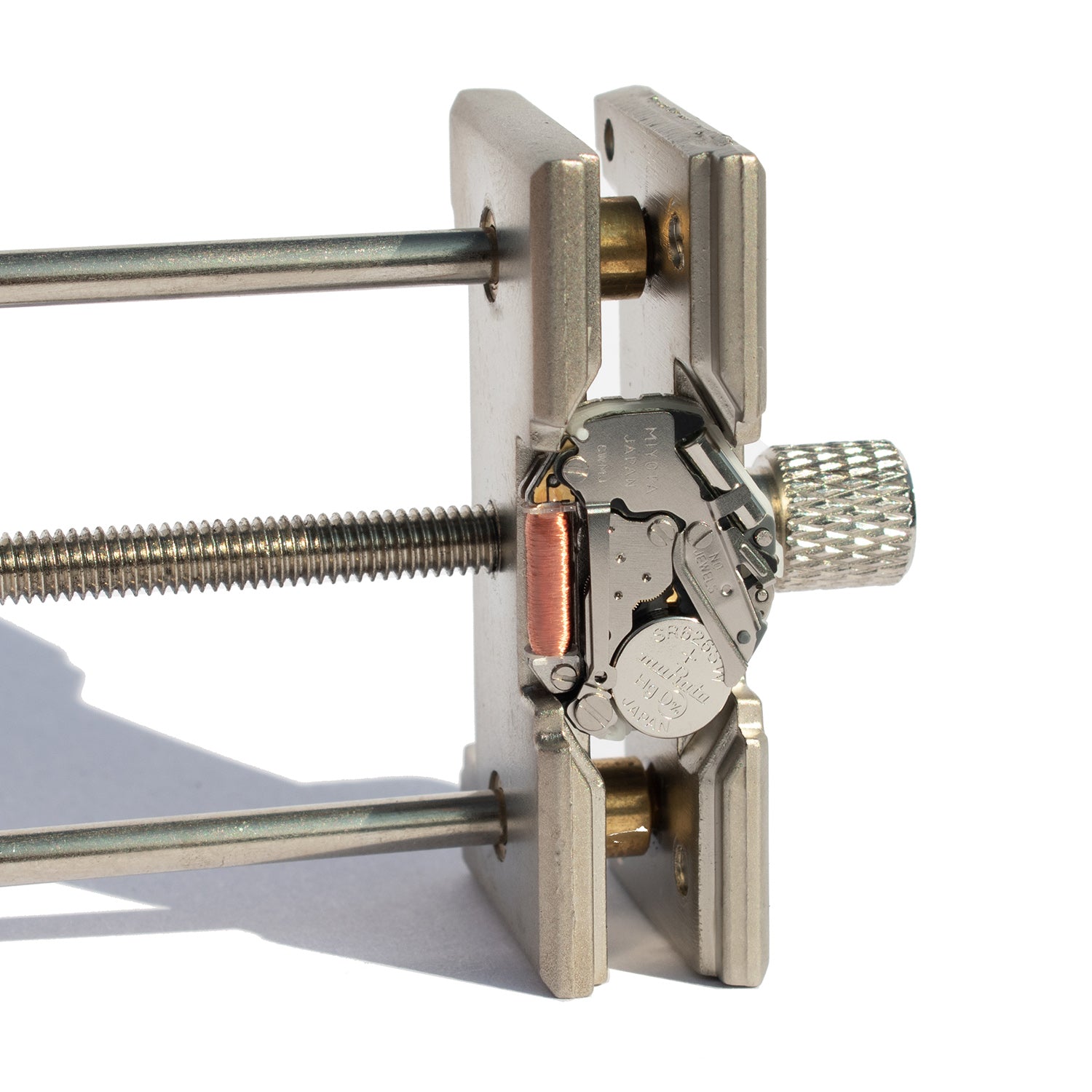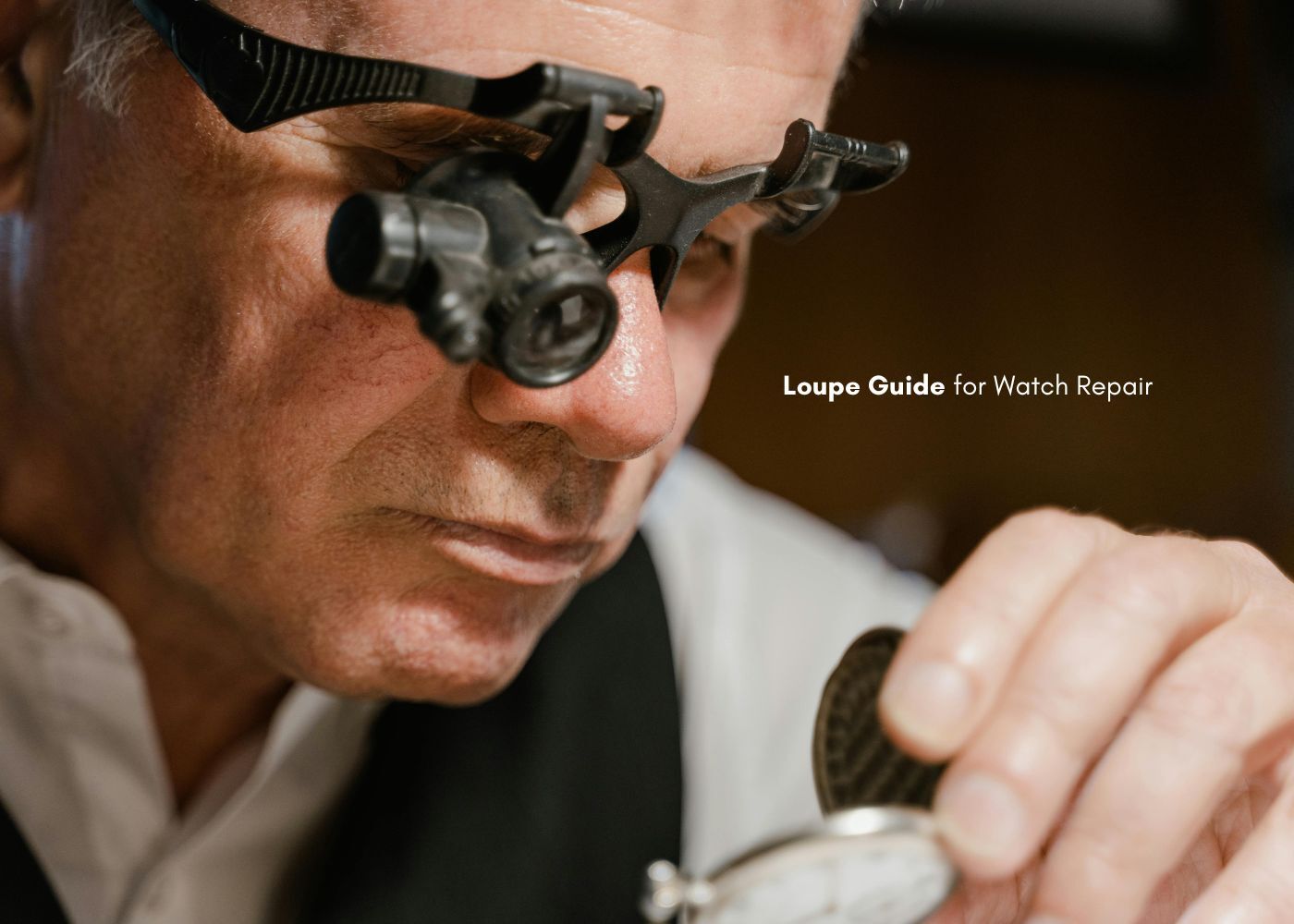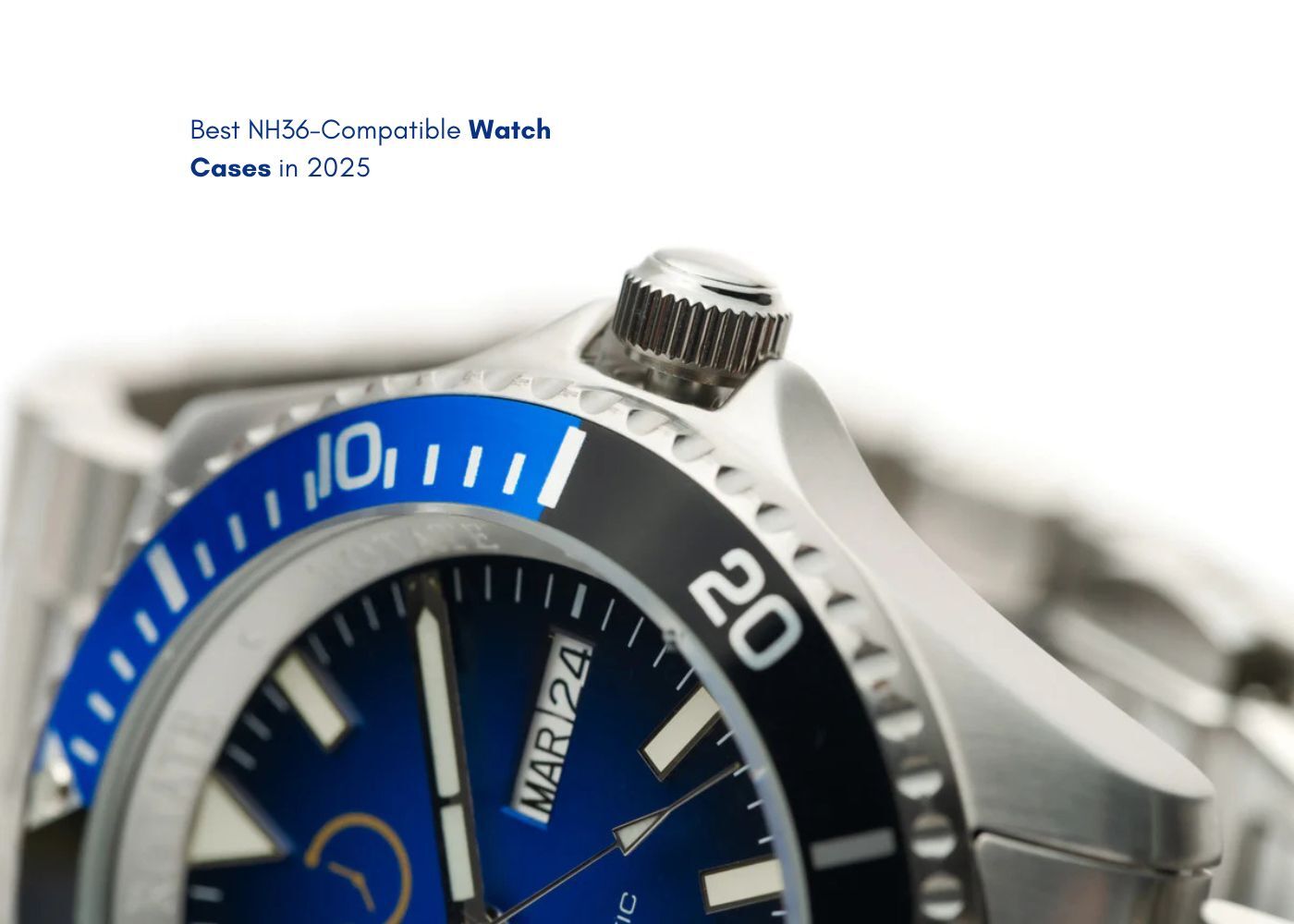
7 Common Mistakes When Using Loupe Magnifiers
Most watch enthusiasts have experienced the frustration of struggling to see tiny components clearly. Why does that watchmaker make it look so easy? How come your view through the loupe is blurry or uncomfortable? What are you doing wrong?
Let's dive into the world of loupe usage tips and uncover the most common mistakes people make when using these essential watchmaking equipment tools.
Mistake #1: Choosing the Wrong Magnification Power
Contrary to what many believe, higher magnification isn't always better for watch repair. Many beginners rush to buy high-powered loupes (20x or 30x) thinking they'll see more details, but actually create more problems for themselves.
When working on watches, magnification between 2.5x and 5x provides the ideal balance between detail and a practical field of view. At 10x magnification, your working distance becomes extremely short and the viewing area narrows significantly, making it difficult to manipulate tools while looking through the loupe.
As noted by watchmaking experts, "The required magnification would be around 2x to a maximum of 5x depending on use." Higher powers look impressive on paper but often prove impractical for typical watch work unless you're doing extremely specialized tasks.
Mistake #2: Moving the Loupe Instead of the Watch
Moving your head and loupe around while trying to examine watch components creates a unstable, blurry view that makes precise work nearly impossible.
-
Maintain your loupe in a fixed position against your eye socket, creating a stable viewing platform from which to work.
-
Move only the watch piece being examined, bringing it into your field of view rather than shifting the loupe around.
-
Stabilize both hands-one holding the loupe against your eye and the other holding the watch-to eliminate vibration and maintain visual clarity.
Mistake #3: Creating an Unstable Viewing Position
Failing to create a stable platform for viewing leads to constantly losing focus and straining your eyes. Many novices hold the loupe awkwardly away from their face, creating unnecessary fatigue.
Professional watchmakers create a three-point stabilization system with their hands. Your loupe hand should rest against your cheek, with the first knuckle of your thumb pressed firmly to create stability. For additional support, try bracing your elbows on a work surface or creating a "hand bridge" where both hands touch to minimize shaking.
Mistake #4: Improper Eye-to-Loupe Distance
Holding the loupe too far from your eye severely limits your field of view and makes focusing nearly impossible. Many beginners make this magnification error by trying to use a loupe like a regular magnifying glass.
Quality loupes are designed to be held directly against your eye socket-not at arm's length. Position the loupe approximately one inch or less from your eye, then bring the watch into focus by moving the watch (not the loupe) until the details appear sharp and clear.
Mistake #5: Working with Poor Lighting
Without proper illumination, even the finest loupe will leave you squinting at shadows and missing crucial details. Poor lighting ranks among the most common user mistakes when working with magnification tools.
Natural daylight provides the best illumination for detailed inspection, but a dedicated task light positioned to eliminate shadows works wonderfully as well. Many watchmakers avoid built-in illuminated loupes, preferring separate adjustable lighting for better control over shadows and contrast, which helps reveal subtle details in movement finishing.
Mistake #6: Falling for Misleading Magnification Claims
Marketing hype has created confusion in the loupe market, with many products making physically impossible claims about their magnification capabilities.
When shopping for a loupe, remember one crucial optical rule: the bigger the magnifying lens, the smaller the magnification power must be. A large 4-6 inch lens simply cannot provide 20x or 30x magnification despite what the packaging might claim. For watchmaking, the Rotate Watches Loupe Magnifier offers an honest 5x magnification-the ideal power for general watch work and movement appreciation.
Mistake #7: Improper Cleaning and Maintenance
Careless cleaning can permanently damage your loupe's optics, rendering an otherwise quality tool useless for precision work.
-
Clean loupe lenses using only proper optical cleaning solutions and microfiber cloths designed for camera or eyeglass lenses.
-
Never use paper products, household cleaners, or clothing fabrics to wipe your loupe, as these can scratch the lens coatings.
-
Remove dust with a small air blower (like those used for camera lenses) before wiping to prevent scratching the lens surface.
Mastering proper loupe technique will dramatically improve your watchmaking experience. Many enthusiasts find that proper technique paired with quality tools like the Cabot Watchmaking Kit from Rotate Watches makes for an incredibly satisfying hobby experience.
FAQ: Loupe Magnifiers for Watch Enthusiasts
Q. What's the difference between a loupe and a regular magnifier?
A loupe sits directly against your eye allowing hands-free operation, while standard magnifiers must be held between your eye and the object. Loupes typically offer superior optics specifically designed for precision work and can be used while manipulating tools.
Q. What magnification level works best for watch repair?
Most watch repair tasks are best performed with a 2.5x to 5x magnification loupe. Higher powers like 10x have extremely short working distances and narrow fields of view that make tool manipulation difficult during repairs.
Q. How do triplet lenses differ from doublet lenses in loupes?
Triplet loupes use three precisely arranged optical elements that deliver crisp, color-correct images across the entire field of view. Doublet lenses combine just two elements and provide less correction for distortion and color fringing around edges. For serious watch work, triplet designs are worth the additional cost.
Q. Can I wear glasses while using a watchmaker's loupe?
Yes, many watchmaker loupes accommodate glasses through flexible eye-cups or specific "eyeglass-compatible" designs. Some enthusiasts prefer clip-on loupes that attach directly to existing glasses for maximum convenience.
Q. What's the proper way to focus a loupe on a watch component?
Hold the loupe firmly against your eye socket first, then bring the watch gradually into focus by moving the watch closer or farther from the loupe until details appear sharp. Keep your loupe hand steady against your face and move only the watch to maintain stable focus.

